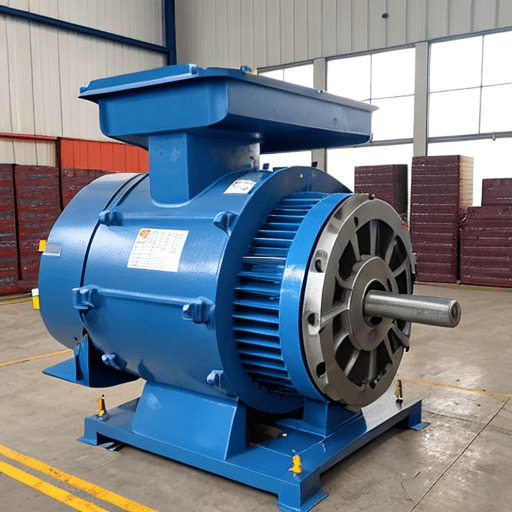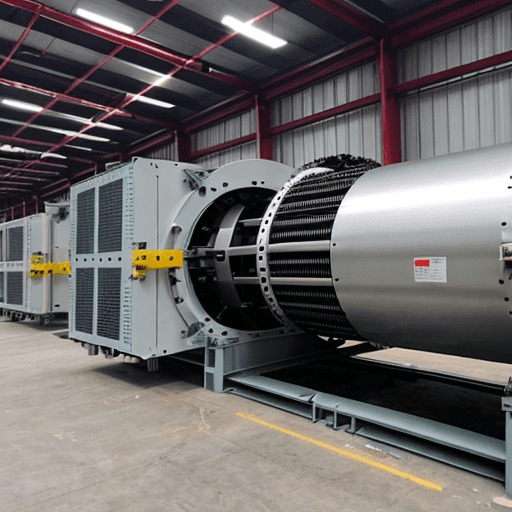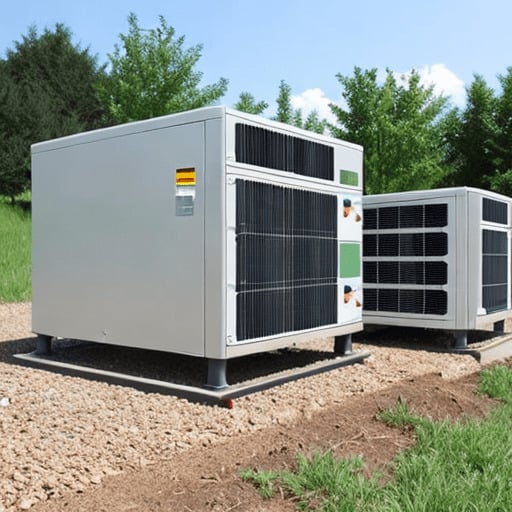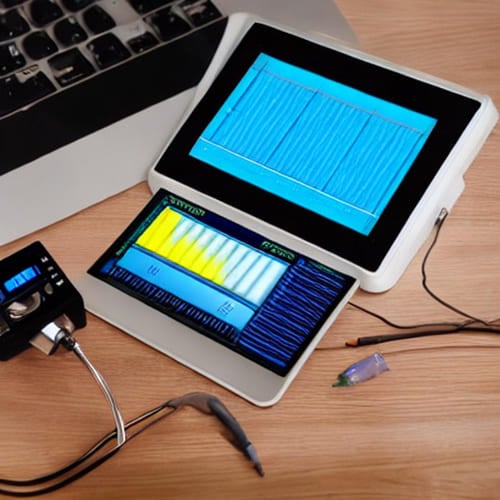Principles of
Operation for the
Power Quality in
Russia

The performance and basic operation of the equipment connected to the distribution network directly depend on the quality of the power supply. It is assumed that the equipment works as intended and has a lifespan that is comparable to the value indicated. The network should also be sufficiently dependable to guard against problems like poor output and lost functionality. The power system has many problems with power quality. No matter how long they last, these power quality abnormalities might harm your device. Power quality must always be maintained to avoid equipment failure.
This article will look at the studies required to assess the reliability and caliber of electricity. The influence and regulation of the electricity quality is then evaluated using several systems and techniques. The implications of power quality interruptions are not immediately noticeable, as opposed to dependability, which is concerned with prolonged power outages. However, in certain cases a power quality interruption has an immediate effect due to equipment damage or process delays. This is especially true with breaks, transitions, and pauses.
In some cases, it is possible that the impacts of the power quality disruption take some time to manifest. One illustration is equipment deterioration. Consequently, equipment damage continues uncontrolled for a long time. In other cases, power quality issues will lead to extra losses that are seen as unavoidable and are therefore disregarded.
Implications of Poor Electricity:
The following are direct economic effects:
- Decrease in production.
- Restarting a procedure comes with additional costs. Equipment costs for repairs and damage.
- Delays and downtime have increased.
- Safety and human health concerns.
- Costs associated with breaching a contract.
- Financial sanctions are imposed for environmental violations.
- Utility bills increase because of the outage.
Included among indirect economic consequences are:
- A company’s expenses are due to a revenue or income delay.
- The monetary price of losing market share.
- The costs involved regaining brand value.
These are the socioeconomic effects:
- A building’s interior temperature rises, endangering productivity, health, or safety.
- A physical injury or fear.
- Electrical risks might arise if the power quality problem is not fixed.
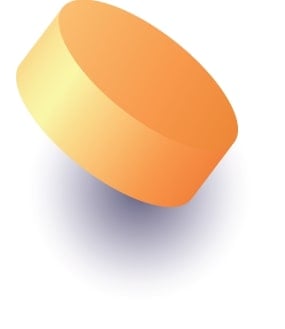

Information on the Causes of Poor Power Quality:
A power supply system’s power quality is assessed by looking at its voltage, frequency, and waveform. The quality of electricity is affected by several factors, though. This blog discusses the following subjects related to power quality:
- Permanent Voltage
- Insufficient Voltage
- The Voltage Fluctuates
- Varying or Flickering Voltage
- Voltage Peaks and Drops
Swells, transients, inter harmonics, and noise are other phenomena that have received less attention since they are more uncommon.
1. Permanent Voltage:
Stable-state voltage magnitudes and long-term sustained voltage magnitudes are correlated (minutes or hours). Long-term high voltage (overvoltage) or low voltage (undervoltage) can cause equipment failure, an increase in energy consumption, and system dysfunction (undervoltage).
2. Insufficient Voltage:
Induction and three-phase motors, especially unbalanced voltage is frequently linked to increasing losses.
- The outcomes are reverse torque and bearing degradation.
- Temperature increases in the rotor and stator.
- The carrying capacity of installation cables is currently declining.
- Increased losses in the neutral conductor
- Cables cause more power loss.
3. The Voltage Fluctuates:
Harmonic currents are produced by and added to the power system by all energy users. Multiples of 50 hertz make up the fundamental frequencies of alternating currents with harmonic currents. The three pieces of non-linear electrical machinery that generate harmonic currents most frequently are computers, variable speed drives (VSD), and discharge lights. The installation and the power distribution system are particularly vulnerable to harm from harmonic currents. Harmonics can have several unfavorable effects, such as component failure, installation damage, component loading, inefficient use of the installation’s current carrying capacity, shortened component lifespans, and ineffective operation of protective components.
4. Varying or Flickering Voltage:
A voltage waveform’s flicker is an envelope modulation. In consequence, incandescent light sources display cyclical variations in light output. As a result of this uneven shift in light output, some people may experience pain, reduced productivity, headaches, and, in very rare circumstances, seizures.
5. Voltage Peaks and Drops:
Voltage dips and interruptions do not ordinarily damage most equipment, but longer interruptions usually cause output loss because tripped equipment. It is widely observed that the cost of a long interruption is not proportional to its length but rather follows a logarithmic curve. Experts claim that the following factors have a significant influence on the price of a protracted interruption:
- The economic difference between a disturbance lasting a second, a minute, or an hour is thought to be negligible in the industrial sector.
- The value of customer dependability is determined by the event’s time, date, and location (weekday, weekend, daytime, nighttime), which allows AEMO to assess the fiscal impact of outages on all consumers (VCR).
Despite most of these figures showing that consumers would be prepared to pay to prevent a disturbance, it is predicted that this willingness to pay would be strongly connected with the actual cost. These numbers show that a brief disruption costs around 20% less than an hour-long outage.
How Can Electrical Quality Issues Be Minimized?
CareLabs provides a variety of services to identify and assess issues with power quality. You will find:
- Load Flow Assessment: According to operational needs, this analysis was carried out. It computes flow rates, voltage levels, system losses, and power factors.
- This method makes use of computer algorithms to locate and anticipate future harmonic problems. Reducing strategies are also suggested, given the findings.
- In Analysis of Transients and Surges, the causes of transients and surges are discussed.
- This study would track the voltage’s rapid peaks and valleys, as well as its magnitude and trend.
- In this study, the ideal reactive power at the load and distribution ends will be determined.
- With less fuel use and energy surcharges, this idea would measure and synchronize captive electricity to meet demand.
CareLabs evaluates and analyses the power quality with the ETAP (Electrical Transient Analyzer Program,) – Electrical Transient Analysis Program software. The best software is used to do calculations and simulations for each part of an electrical system, ensuring the safety of the machinery. In addition to Moscow, Saint Petersburg, Novosibirsk, and Yekaterinburg, we conduct power quality studies in all significant cities. CareLabs is dedicated to offering the best service possible to improve the dependability and caliber of your electrical system. Contact us right now to arrange a power quality inspection or to get a quote!
RELATED NEWS
How Are the Dependability and Performance of Commercial Motors Assessed? The easiest, most affordable, and fastest way to get consistent …
Russian Guidelines for Testing and Verifying Electrical Motor Efficiency In the global economy, industrial electric motors power a wide range …
The Importance of Load Flow and Short Circuit Analysis to a Russian Business Everyone is aware of how important energy …
Why Analysis of the Power System Considers Relay Coordination, Short Circuits, And Load Flow? To provide your facility with a …
Principles of Operation for the Power Quality in Russia The performance and basic operation of the equipment connected to the …
How to Analyze the Power Quality in Russia? The ability of equipment to use the energy supplied to it is …
Why Are Harmonic Why Are Harmonic Research and Analysis Research and Analysis So Crucial to Russian Businesses? Hungarian Businesses? Since …
Analysis of the Russian Power System’s Harmony: System’s Harmony: Power is a necessary component of life in the modern day. …
Russian Arc Flash Analysis: A Complete Guide A Complete Guide When a gas is exposed to a voltage that exceeds …
Analysis of Arc Flash Hazards and Mitigation Techniques: Electrical arcs can develop when a gas is subjected to a voltage …

